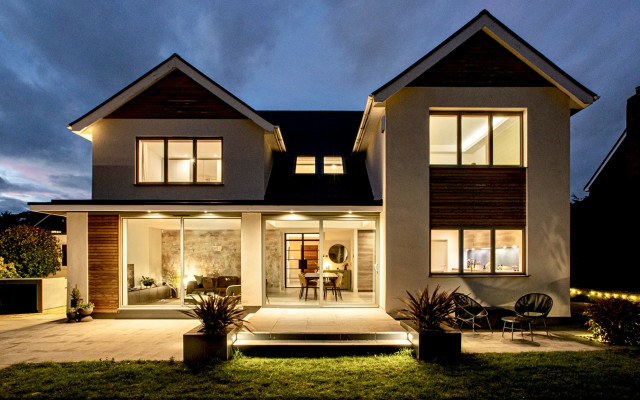1. Rushing the Design Stage
It’s tempting to get building quickly, but skipping early design thinking often leads to compromises later. Take time to explore layout options, flow and light with your architect. Good design solves problems before they appear on site.
2. Ignoring the Budget
Reality Many homeowners start with a wish list but not a cost plan. Get early estimates and allow a contingency for the unexpected. A realistic budget from the outset keeps your project on track and avoids tough decisions mid-build.
3. Overlooking Planning Rules
Even small extensions can fall outside permitted development rights. Always check whether you need planning permission or a certificate of lawfulness and remember that conservation areas and listed buildings have tighter restrictions.
4. Forgetting the Neighbours
Neighbours can make or break a smooth build. Keep them informed from the start and consider their light, privacy and boundaries in your design. A respectful approach can prevent objections and delays later. Remember, they may well be your neighbours many years after the works are complete.
5. Skipping Professional Guidance
DIY design or relying solely on a builder might save a little upfront, but it often costs more long-term. An architect brings creative ideas, technical expertise, a competitive tender, and experience with local councils, therefore turning what could be a basic extension into something special.
With thoughtful planning, the right advice and a clear budget, extending your home can be an enjoyable process that adds real value and transforms daily living.

